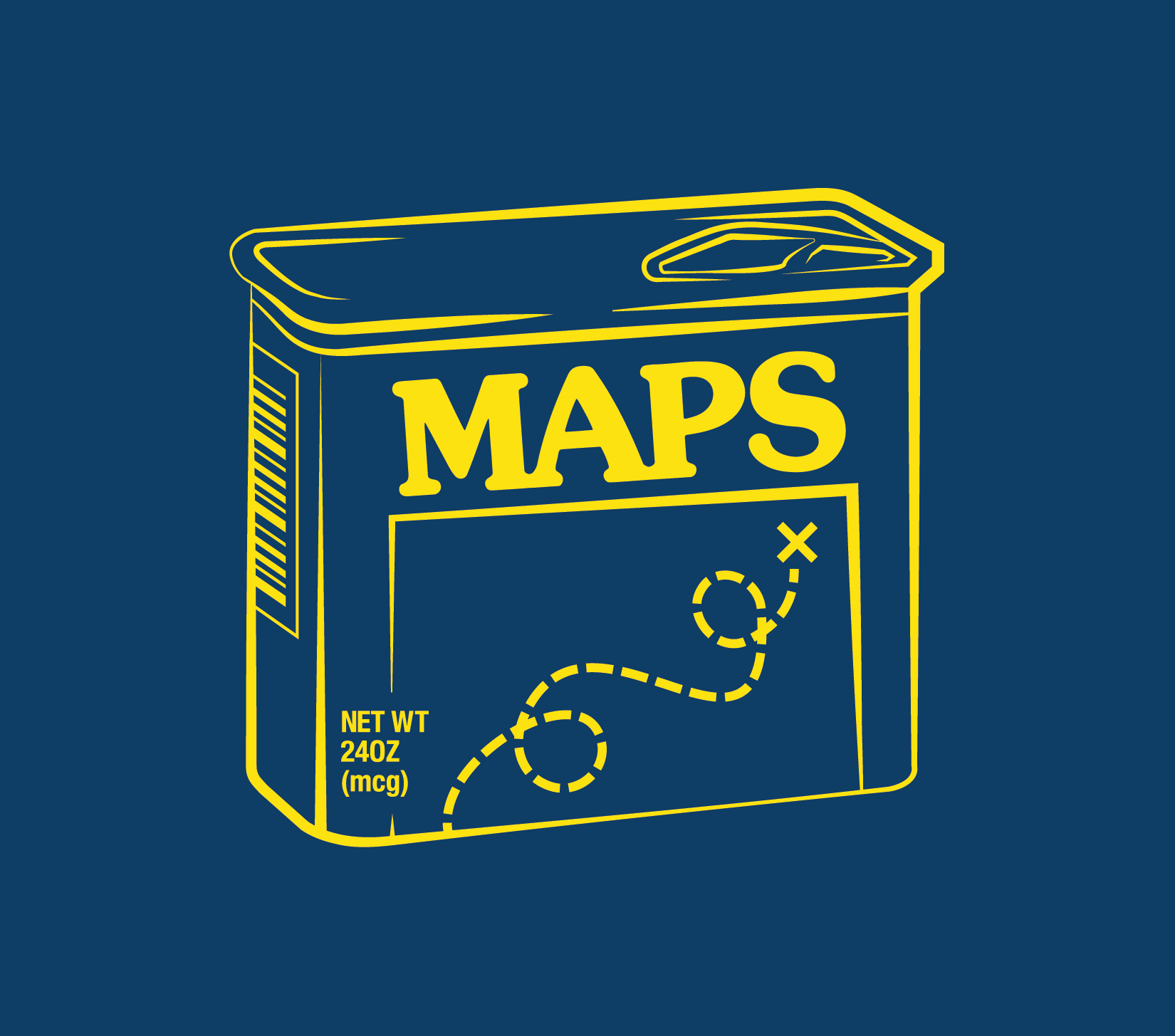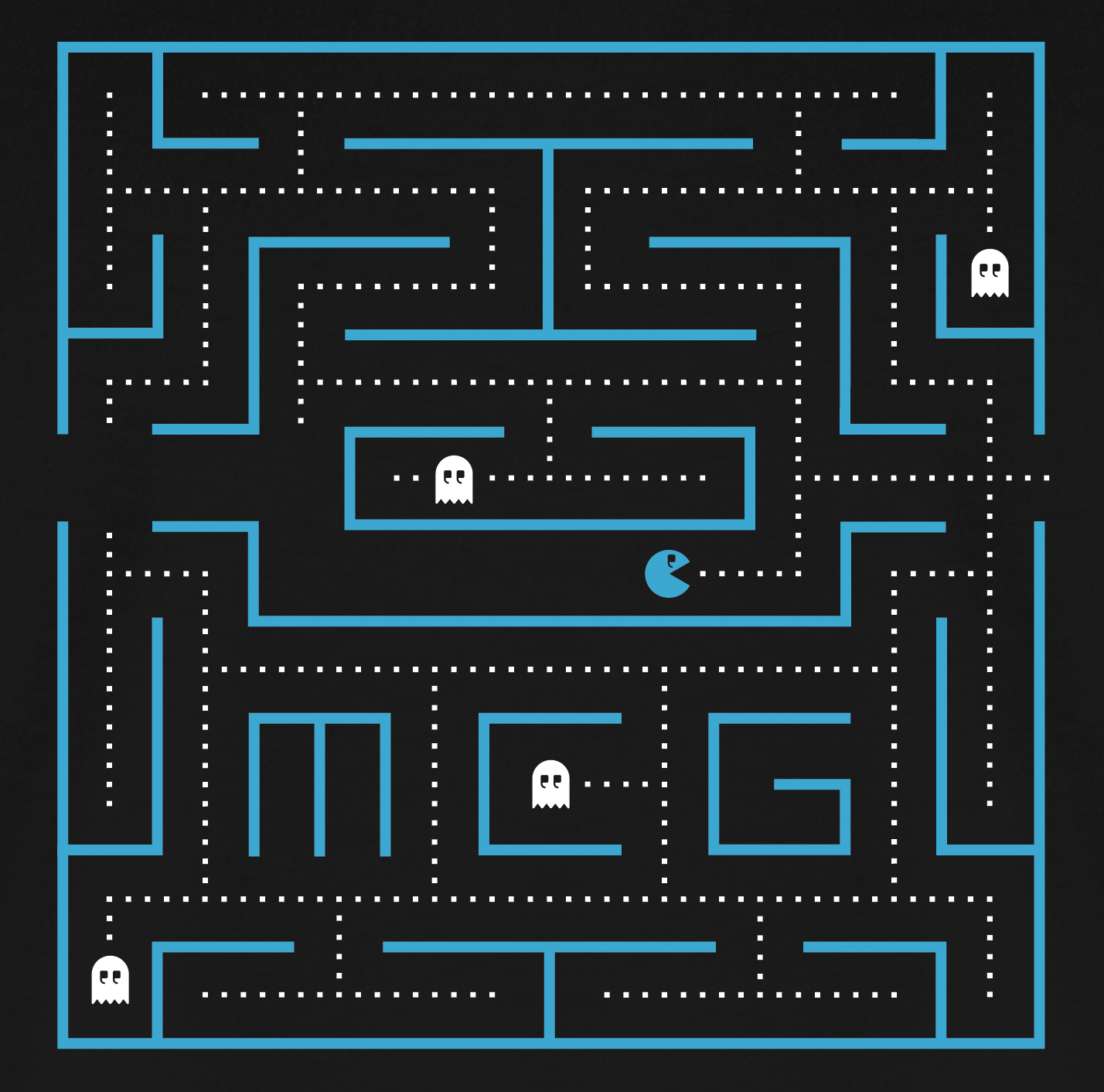6 tips for giving and receiving critiques on creative work

As a creative agency, our work is critiqued daily by our own team members and our clients. Productive critiquing skills keep the project moving forward and increase the success of the final product, but that doesn’t mean it isn’t difficult to both give and receive meaningful feedback. Regardless of your role — if you’re a graphic designer, an account executive or someone who hires a creative team to help fulfill your business needs — utilizing these tips can improve your working relationship and reduce the anxiety around constructive criticism. Read on for our best tips in giving and receiving critiques on creative projects.
Giving critiques
1. Create a positive environ
When giving critiques on a design or idea, try the following tips:
- Always have the creative brief, strategy and brand standards pulled up. Referencing them will help guide your feedback and keep the session on track.
- Give specific comments and avoid opinions such as, “I like this.” If you start with, “I like this,” be sure to follow up with why!
- Keep in mind the difference between being nice vs. being kind. Being nice usually means you’re avoiding the critical comments. Being kind means you’re polite, but your feedback is clear and straightforward. We’re on the same team and articulating tough feedback is the kind way to develop our best work.
- Be gracious when your idea or your favorite idea isn’t chosen by the wider team.
- If you notice that one or a few people are feeling defensive, take a break or review what’s working.
- Try your best to be objective, especially if the work is not in a style you prefer. One method for staying objective is to critique the work, not the person. Instead of saying, “you,” say, “the design.” This helps separate the individual from the work and keeps the larger goal of the project in focus.
2. Watch your language
Language is important, especially when having sensitive or challenging conversations. Here are a few guides for language replacement during creative critiques:
| Avoid | Use instead |
|---|---|
| “I like this” | “This is successful because…” |
| “I don’t like this” | “This isn’t working because…” |
| “You” | “The design” |
| “Do this” | “I wish” |
| Instead of solving… | Ask “How to…?” |
3. Try the empathy sandwich
Also known as the “sh*t sandwich” or the “love sandwich,” depending on your personality, the empathy sandwich is a communication technique used to deliver tough information.
The general idea of an empathy sandwich is to start with something positive, then state the negative and follow up with another positive. The important part of this equation is to say at least some positives of the work. Not only does it help the creative team from feeling defensive or unvalued, but it also lets them know what not to change.
When used properly, it can be an effective way to give feedback. Just don’t undermine your feedback by using a generalized “good” statement, such as, “Everything is great, except this huge part of the project, but overall everything is great.”
Receiving critiques
When receiving critiques on your own design or idea, keep the following in mind:
Just like when giving critiques, it’s important to remember that we’re all on the same team and do our best work when we collaborate.
- Begin the session with openness and willingness to receive feedback.
- Describe your inspiration and design decisions, but avoid arguing.
- Your work is personal, but remember that feedback isn’t a personal attack. Pay attention to feeling defensive. If you notice yourself feeling angry or protective, repeat someone’s suggestion in your own words: “If I’m hearing you correctly, you’re saying… .”
- If you disagree with feedback, return to the brief, strategy and brand guidelines for guidance.
- Be gracious when your idea isn’t chosen. You can resurrect it for another project!
- If the tone begins to feel heated, remind the team that it’s a conversation and suggest taking some time to regroup.
5. Prepare yourself
- Receiving feedback can be uncomfortable, but remember that discomfort is normal and helps you grow.
- Keep in mind “state” vs “trait.” If something in your design isn’t working, or if your concept isn’t chosen, it does not mean you’re a bad designer. It’s easy to get in our own heads about our concepts that weren’t chosen. Remember that sometimes it comes down to simple preference from the client.
- Ask for backup. If you’re heading into a client meeting where you anticipate tough feedback, ask another team member to be on the call. Ask them to help interject with things like: “that’s a good question, we’ll get back to you on that,” or “can you help us understand that feedback a little more?” It can take the pressure off of needing to have all the answers or accidentally becoming defensive of your work.
6. Follow up
Wrap up the meeting by thanking the team for their input.
- Take notes so you don’t forget any edits.
- Request feedback where you need input or suggestions.
- If you hear differing opinions, ask the team for clarity and consensus.
- Summarize agreed upon next steps verbally in the meeting and in writing after the meeting.
Guidelines for discussion
Sometimes it can be difficult to get the conversation started. Here are a few tips to help you focus on critiquing the work itself:
- If you’re stuck, start by reviewing the creative brief. Does it meet the needs outlined? Is it on brand?
- Is the concept or strategy of the work evident? What is it?
- Identify some of the points of emphasis in the work.
- Describe technical qualities of the work.
- Is the hierarchy appropriate?
- Describe expressive qualities in the work; does it make you “feel” something?
- Does the work remind you of other things you have experienced (i.e., analogy or metaphor)?
At the end of the day, remind yourself and the team that we’re partners with the same goal. Now, go be kind and do great work!






